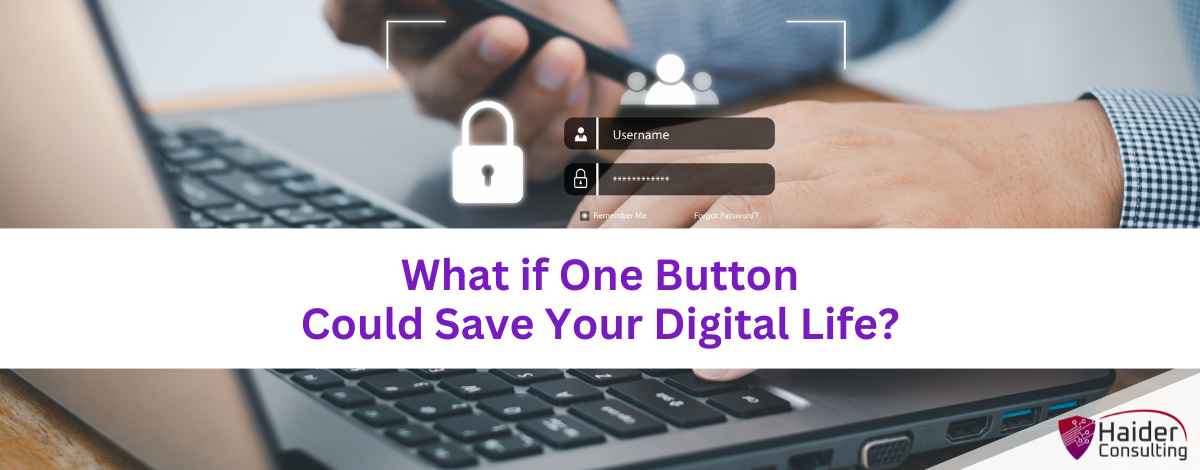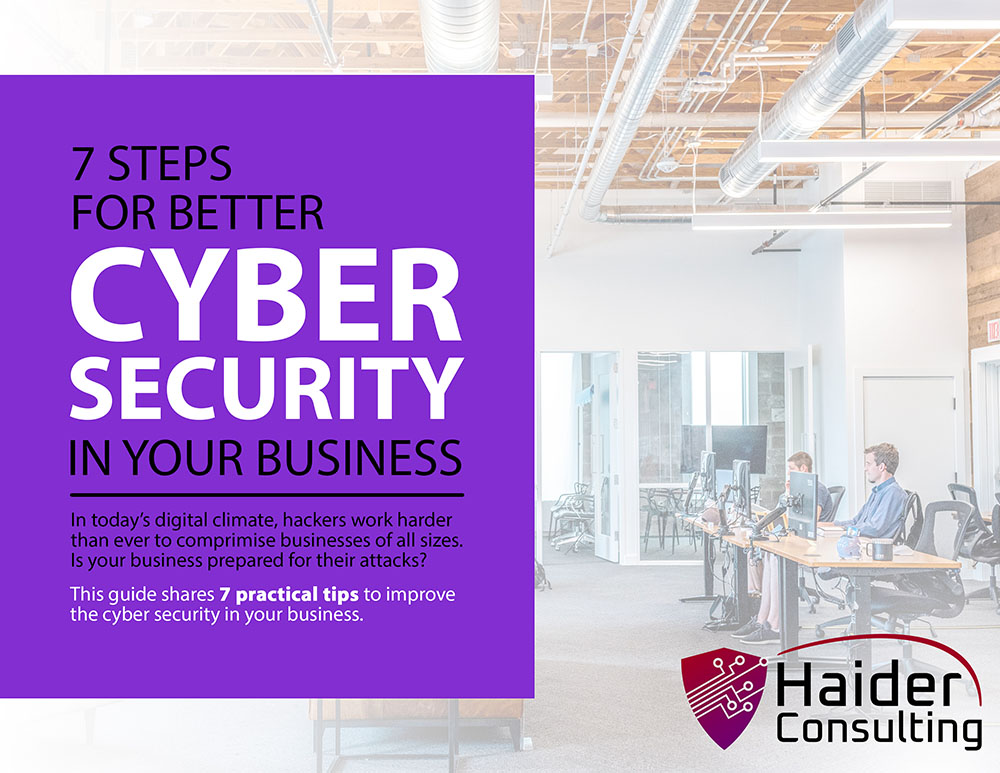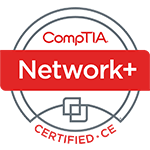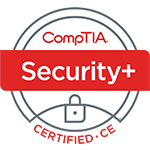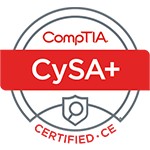You wouldn’t drive without a seat belt. You wouldn’t leave your office door unlocked overnight. So why go online without multifactor authentication (MFA) — the digital equivalent of locking up before you go home?
MFA is like adding a second lock on your digital door. Instead of relying only on a password (which can be stolen, guessed, or leaked), it adds another layer of protection — like a one-time text code, a verification app, or even a fingerprint scan.
Even if a hacker gets your password, without that second step, they’re stopped in their tracks.
What Is MFA and Why It Matters
Think of your password as the key to your front door. MFA is the alarm system that makes sure it’s really you walking in.
MFA simply adds a quick verification step to confirm your identity. You might hear it called “two-step verification,” “two-factor authentication,” or “one-time password” — all of which mean the same thing: more than one piece of proof is required before someone can access your account.
This extra layer might seem small, but it’s one of the most effective defenses against modern cyberattacks.
In fact, Microsoft reports that MFA can block 99.9% of automated attacks. That means even if a hacker steals your login, they still can’t get in without your phone, fingerprint, or approval.
How MFA Works in Everyday Life
You’ve probably used MFA before — even if you didn’t realize it. Examples include:
- A text message with a login code.
- A push notification on your phone asking you to approve a sign-in.
- A fingerprint or face scan on your device.
- A code generated by an authenticator app (like Microsoft Authenticator or Google Authenticator).
Most MFA steps take just a second or two — but that one tap can stop a full-blown cyber incident.
How MFA Stops Hackers in Their Tracks
Let’s say a hacker gets hold of your email password through a phishing scam or data breach. Without MFA, they could log in, reset passwords on other accounts, and start stealing sensitive data or money.
But with MFA turned on, here’s what happens instead:
- The hacker tries to log in.
- You immediately get a text or app notification asking to confirm the login.
- You know it wasn’t you — and you deny the request.
- You change your password before the hacker gets any further.
That’s it. One simple setup prevents a crisis.
For businesses, this doesn’t just protect individual employees — it stops hackers from using one compromised account to move through your entire network.
Where Every Business Should Enable MFA
If you’re not sure where to start, focus on the accounts that matter most. MFA should always be turned on for:
- Banking and finance apps (including online payment platforms).
- Email and cloud storage accounts (like Microsoft 365, Google Workspace, Dropbox, etc.).
- Social media accounts — especially business profiles.
- Work systems with client or internal data.
Even better, make MFA a company-wide policy. The more accounts you protect, the harder it becomes for attackers to find a way in.
How to Set It Up (and Keep It Simple)
Setting up MFA is easier than most people think:
- Go to your account’s security settings (under “Account” or “Privacy”).
- Look for options like “Two-Step Verification” or “Multifactor Authentication.”
- Choose your preferred method — usually a text message, app, or hardware key.
- Test it once to make sure it works.
If you have a team, an authenticator app is often the most secure and consistent option for business use. It keeps verification centralized and doesn’t rely on text messages, which can be intercepted.
Why You Shouldn’t Wait
Enabling MFA takes just a few minutes, but the impact lasts for years. It’s one of the simplest, most cost-effective ways to protect your business from cyberattacks, account takeovers, and financial loss.
Even if your business already uses strong passwords, MFA acts as a safety net. Because in cybersecurity, it’s not about if someone tries to get in — it’s about when.
Get Expert Help Setting It Up
If you’re not sure which MFA solution fits your business best, or want to make sure it’s implemented across your entire team, we can help.
Haider Consulting specializes in helping small businesses secure their systems with practical, easy-to-manage protections, including things like MFA.
👉 Schedule your FREE Discovery Call today, and we can help enable MFA across your accounts — quickly, securely, and without disruption.
Book My 17-Minute Call